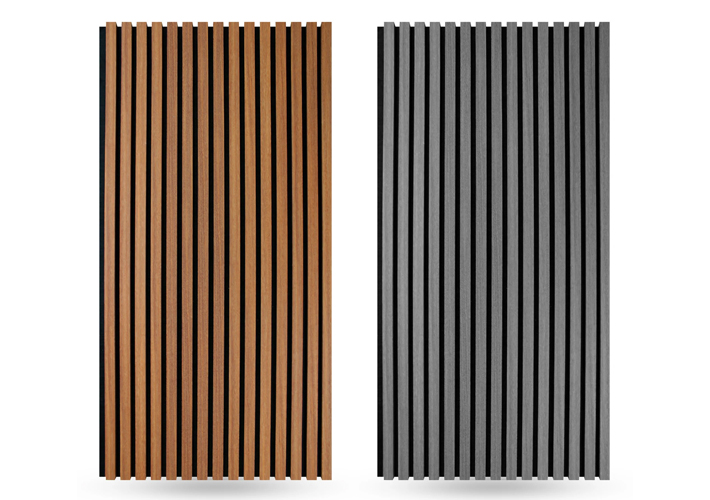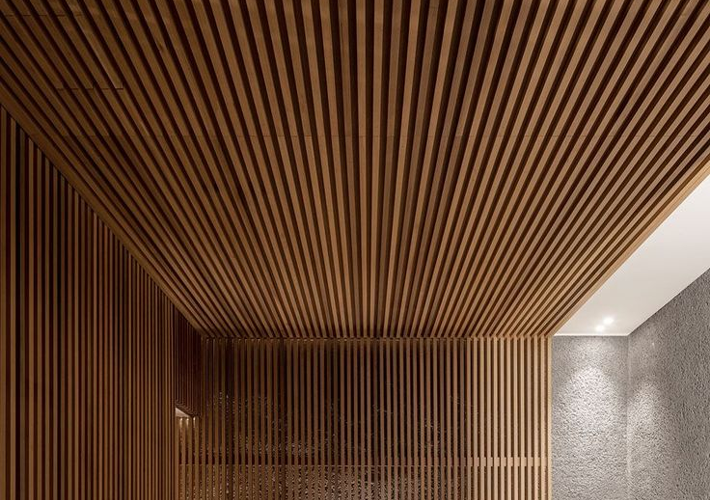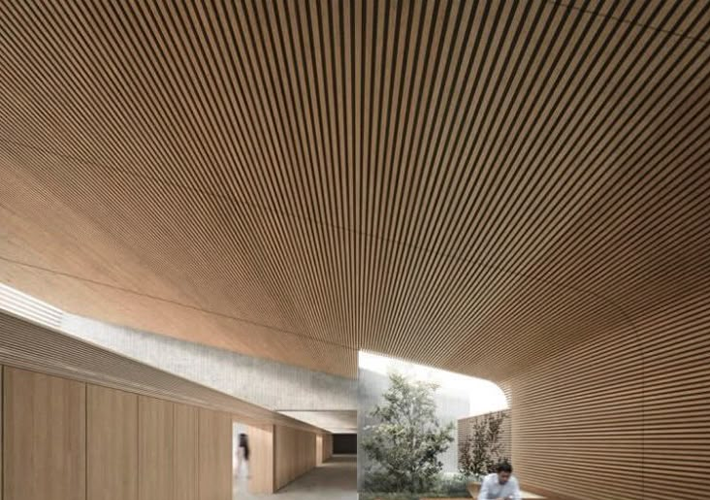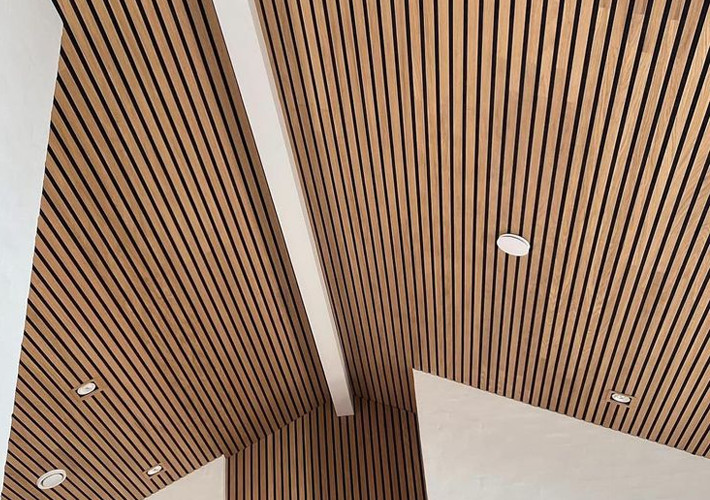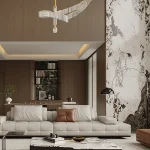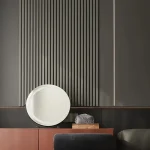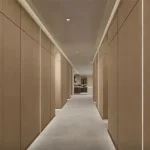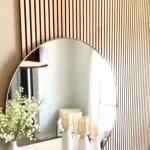Os nossos sítios
FOTOGRAFIAS E FERRAMENTAS DE DESENHO
IDEIAS DE DESIGN
- How to Choose Materials for 5 Star Hotel Bathroom Design
- Best Hotel Rest Area Design Ideas for Luxury & Comfort
- What Are Some Commonly Used Wall Panels in Hotel Bathroom Design?
- How to Choose Luxury Hotel Furniture for a 5-Star Guest Experience
- Top Trending PVC Wall Panel Designs for 2025
- Hotel FF&E Design Trends 2025 | China Hotel FF&E Manufacturer & Supplier
- What Are the Main Types of Hotel Cabinets?
- How PVC Marble Sheets Enhance Luxury and Durability in Hotel Wall Decoration
SALAS E ESPAÇOS
- Wooden, Metal or MDF? Best Materials for Hotel Bedside Tables
- Best Hotel Room Furniture Suppliers for 3–5 Star Hotels
- What Are the Advantages of Acoustic Panels for Office Use?
- Modern Hotel Furniture Trends and FF&E Packages for US Resorts
- What is the Furniture Used in a Hotel?
- Best Acoustic Panels for Studios, Theaters & Conference Rooms
- Best Acoustical Wall Panels for Offices, Homes, and Studios
- Advantages of Connecting with a Hotel’s Whole-House Customization Factory
COMO INSTALAR
- How to Install Bamboo Charcoal Wood Veneer
- Os painéis acústicos devem ser colocados nas paredes ou nos tectos?
- Guia passo-a-passo para a instalação de placas de mármore em PVC
- Método de instalação do painel de parede WPC
- Como instalar os painéis de parede SPC?
- Como instalar o folheado de madeira de bambu a carvão?
- Melhorar a qualidade do som com painéis acústicos
- Como instalar o Bamboo Charcoal Wood Veneer?
SALAS E ESPAÇOS
CONSELHOS DOS MELHORES ESPECIALISTAS
- Bamboo Charcoal Wood Veneer Price Guide & Global Market Trends
- Top WPC Wall Panel Manufacturer and Factory for Global Projects
- Top 10 Best Acoustic Panels for Modern Interior Decoration
- How to Choose the Best Hotel Luxury Sofa for Your Project
- Latest Market Trends of WPC Wall Panels in 2025
- Common Sizes of Acoustic Wood Paneling: A Comprehensive Guide for Global Buyers
- Why Import WPC Wall Panels from China? Advantages and Trends
- Tips for Selecting Studio Acoustic Panels
APRENDER O BÁSICO
- What is the Price of 8×4 PVC Marble Sheet?
- What Are the Raw Materials for WPC Wall Panels?
- Why Are Acoustic Wood Panels So Popular in Canada?
- What Are the Standard Dimensions of SPC Waterproof Wall Panels?
- Why PVC Marble Sheets Are the Best Alternative to Real Marble
- What Are the Benefits of WPC Wall Panels?
- What Are the Standard Sizes of Acoustic Wood Panels?
- Which are Some Reliable WPC Wall Panel Suppliers in China?
COLECÇÕES POPULARES
INSPIRAÇÃO
COLECÇÕES POPULARES
INSPIRAÇÃO
COLECÇÕES POPULARES
INSPIRAÇÃO
COLECÇÕES POPULARES
INSPIRAÇÃO
INSTALAÇÃO E ACONSELHAMENTO
COLECÇÕES POPULARES
INSPIRAÇÃO
INSTALAÇÃO E ACONSELHAMENTO
EXPLORE US
INSTALAÇÃO E ACONSELHAMENTO

